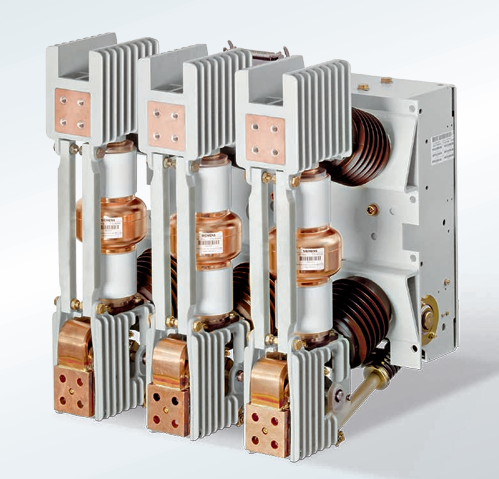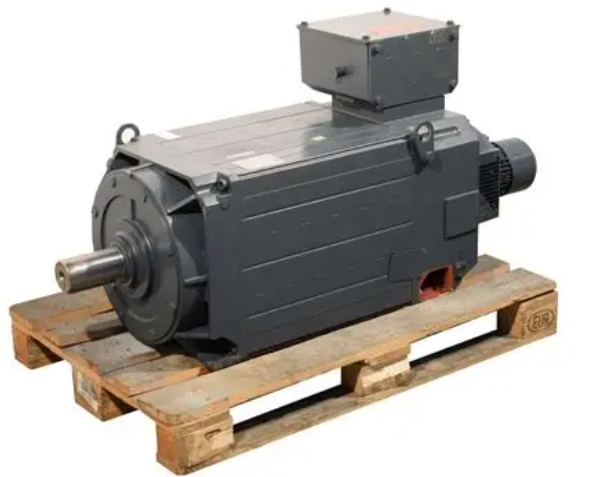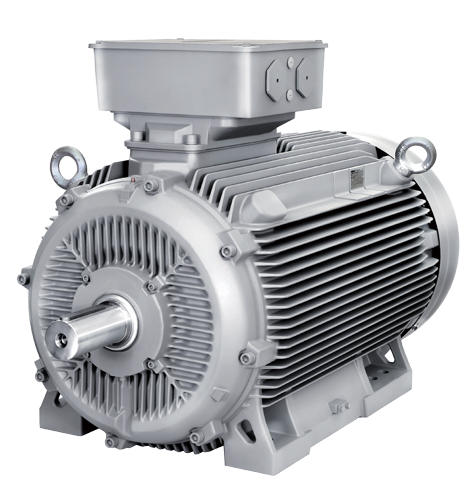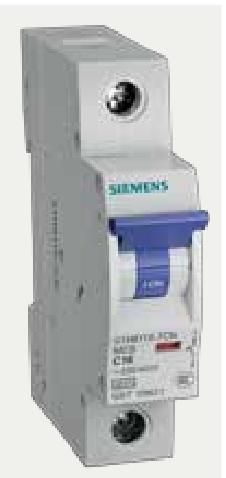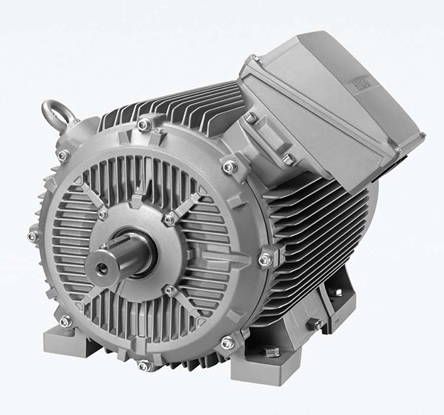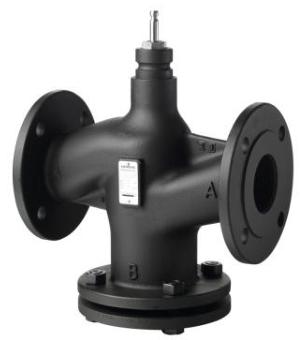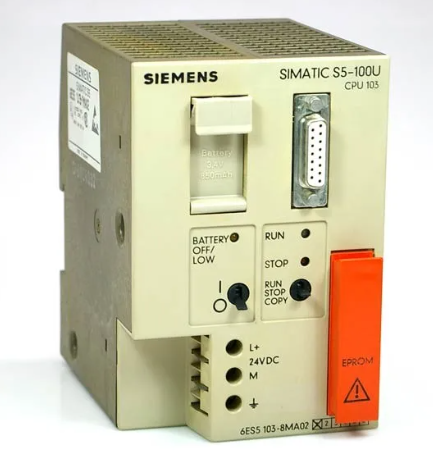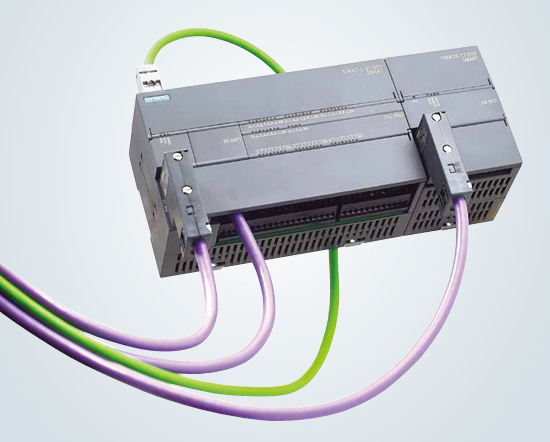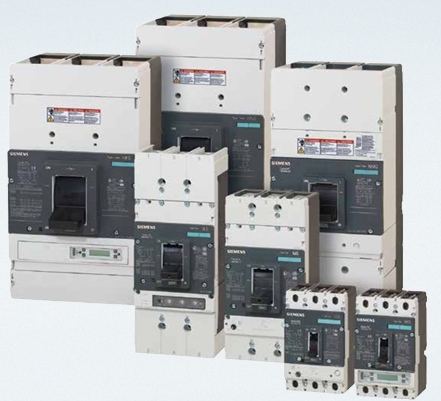This product is a high-performance industrial grade turbine control core component independently developed by General Electric (GE). The core model is 369B1859G0022, which is a key component of GE's turbine control system. This module is designed specifically for the high-precision control requirements of turbines, integrating multiple functions such as signal acquisition, logical operation, and execution control. It can achieve real-time monitoring and precise adjustment of core parameters such as turbine speed, load, and pressure, and is widely used in large turbine units in the fields of power, energy, chemical engineering, etc., providing core guarantees for the safe and stable operation of equipment.
GE 369B1859G0022 High Performance Turbine Control Module
Basic Product Information
This product is a high-performance industrial grade turbine control core component independently developed by General Electric (GE). The core model is 369B1859G0022, which is a key component of GE's turbine control system. This module is designed specifically for the high-precision control requirements of turbines, integrating multiple functions such as signal acquisition, logical operation, and execution control. It can achieve real-time monitoring and precise adjustment of core parameters such as turbine speed, load, and pressure, and is widely used in large turbine units in the fields of power, energy, chemical engineering, etc., providing core guarantees for the safe and stable operation of equipment.
Core specification parameters
Core model
369B1859G0022
Product Type
High performance turbine control module
power supply voltage
Industrial grade standard power supply, typically supporting DC 24V/AC 220V (specific to product manual), with wide voltage adaptability
control accuracy
Speed control accuracy ± 0.1% FS, load regulation accuracy ± 0.5% FS, meeting high-precision control requirements
Signal input/output
Analog input: 4-20mA/0-10V; Analog output: 4-20mA; Digital input/output: dry contact/PNP/NPC optional
communication interface
Supports mainstream industrial communication protocols such as MODBUS, PROFINET, EtherNet/IP, facilitating system integration
Working temperature range
-40 ℃~70 ℃, suitable for high and low temperature industrial environments
Performance characteristics
-Ultra high control accuracy: Adopting GE's advanced PID algorithm and adaptive control technology, it can quickly respond to small changes in turbine operating parameters, achieve precise adjustment of core indicators such as speed and load, and effectively improve turbine operating efficiency and stability.
-Powerful signal processing capability: Built in high-performance microprocessor, fast data processing speed, capable of simultaneously collecting multiple analog and digital signals, with a signal sampling frequency of up to 100Hz, ensuring real-time monitoring of equipment operation status.
-Comprehensive safety protection function: integrating multiple safety mechanisms such as overspeed protection, overload protection, and overtemperature protection. When abnormal parameters are detected, an alarm signal can be quickly triggered and emergency shutdown or load reduction operations can be performed to avoid equipment damage.
-Good compatibility and scalability: Supports seamless integration with various GE turbine control auxiliary modules and third-party devices, modular design facilitates functional expansion, and can be flexibly configured according to different turbine models and application scenarios.
-High stability and durability: using industrial grade anti-interference components, it has strong electromagnetic compatibility and can resist electromagnetic interference in industrial sites; The shell adopts waterproof and dustproof design, with a protection level of IP65, suitable for harsh industrial environments.
Applicable scenarios
The turbine control module, as the core component of the turbine control system, is mainly used in turbine unit scenarios that require high-precision control, including:
1. Power industry: speed and load control of steam turbine generator sets and gas turbine generator sets;
2. Energy and chemical industry: Process gas turbine and steam turbine control in the petrochemical industry;
3. Steel metallurgy: Control and regulation of waste heat recovery turbine units in metallurgical production processes;
4. Shipbuilding industry: speed control and power output regulation of ship power turbines;
5. Other fields: Automation control systems for various industrial small and medium-sized turbines.
Precautions for use
1. Module installation should be operated by professional technicians, and the installation location should be far away from strong magnetic fields, high temperature heat sources, and corrosive gases to ensure good ventilation;
2. Before wiring, it is necessary to confirm that the power supply voltage is consistent with the rated voltage of the module, and strictly follow the wiring diagram to avoid reverse polarity or short circuit of the positive and negative poles;
3. Parameter calibration is required before first use, and key parameters such as upper speed limit and load range should be set according to the turbine model and operating requirements. After calibration, the parameters should be locked to avoid misoperation;
4. Regularly maintain the module, including cleaning the dust on the casing, checking the tightness of the wiring terminals, and testing the stability of the communication link. It is recommended that the maintenance cycle should not exceed 6 months;
When a module malfunctions and alarms, the alarm code should be recorded first, and then the fault should be checked according to the product manual. It is forbidden to disassemble the module without power off

- User name Member Level Quantity Specification Purchase Date
- Satisfaction :
-









Email:wang@kongjiangauto.com

